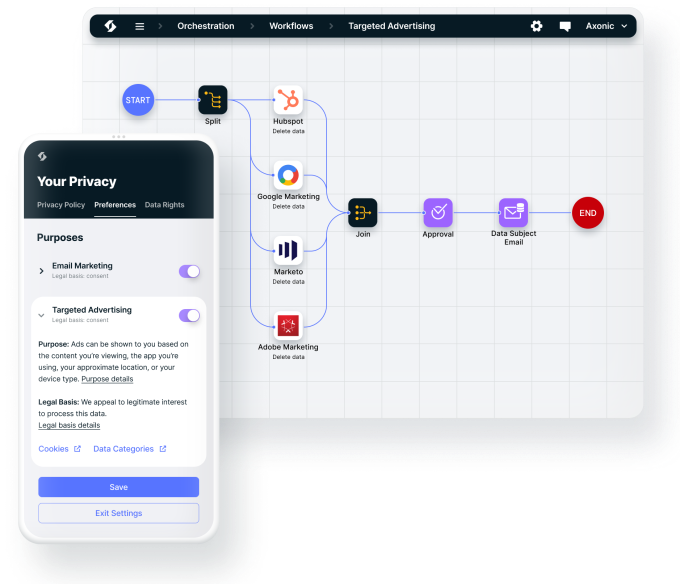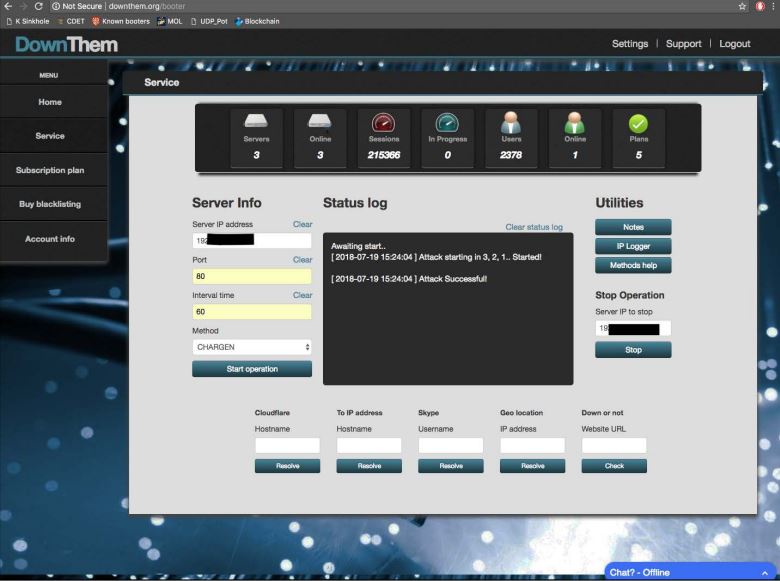Flippa raises $11M to match online asset and business buyers, sellers
Flippa, an online marketplace to buy and sell online businesses and digital assets, announced its first venture-backed round, an $11 million Series A, as it sees over 600,000 monthly searches from investors looking to connect with business owners.
OneVentures led the round and was joined by existing investors Andrew Walsh (former Hitwise CEO), Flippa co-founders Mark Harbottle and Matt Mickiewicz, 99designs, as well as new investors Catch.com.au founders Gabby and Hezi Leibovich; RetailMeNot.com founders Guy King and Bevan Clarke; and Reactive Media founders Tim O’Neill and Tim Fouhy.
The company, with bases in both Austin and Australia, was started in 2009 and facilitates exits for millions of online business owners, some that operate on e-commerce marketplaces, blogs, SaaS and apps, the newest data integration being for Shopify, Blake Hutchison, CEO of Flippa, told TechCrunch.
He considers Flippa to be “the investment bank for the 99%,” of small businesses, providing an end-to end platform that includes a proprietary valuation product for businesses — processing over 4,000 valuations each month — and a matching algorithm to connect with qualified buyers.
Business owners can sell their companies directly through the platform and have the option to bring in a business broker or advisor. The company also offers due diligence and acquisition financing from Thrasio-owned Yardline Capital and a new service called Flippa Legal.
“Our strategy is verification at the source, i.e. data,” Hutchison said. “Users can currently connect to Stripe, QuickBooks Online, WooCommerce, Google Analytics and Admob for apps, which means they can expose their online business performance with one-click, and buyers can seamlessly assess financial and operational performance.”
Online retail, as a share of total retail sales, grew to 19.6% in 2020, up from 15.8% in 2019, driven largely by the global pandemic as sales shifted online while brick-and-mortar stores closed.
Meanwhile, Amazon has 6 million sellers, and Shopify sellers run over 1 million businesses. This has led to an emergence of e-commerce aggregators, backed by venture capital dollars, that are scooping up successful businesses to grow, finding many through Flippa’s marketplace, Hutchison said.
Flippa has over 3 million registered users and added 300,000 new registered users in the past 12 months. Overall transaction volume grows 100% year over year. Though being bootstrapped for over a decade, the company’s growth and opportunity drove Hutchison to go after venture capital dollars.
“There is a huge movement toward this being recognized as an asset class,” he said. “At the moment, the asset class is undervalued and driving a massive swarm as investors snap up businesses and aggregate them together. We see the future of these aggregators becoming ‘X company for apps’ or ‘X for blogs.’ ”
As such, the new funding will be used to double the company’s headcount to more than 100 people as it builds out its offices globally, as well as establishing outposts in Melbourne, San Francisco and Austin. The company will also invest in marketing and product development to scale its business valuation tool that Hutchison likens to the “Zillow Zestimate,” but for online businesses.
Nigel Dews, operating partner at OneVentures, has been following Flippa since it started. His firm is one of the oldest venture capital firms in Australia and has 30 companies in its portfolio focused on healthcare and technology.
He believes the company will create meaningful change for small businesses. The team combined with Flippa’s ability to connect buyers and sellers puts the company in a strong leadership position to take advantage of the marketplace effect.
“Flippa is an incredible opportunity for us,” he added. “You don’t often get a world-leading business in a brand new category with incredible tailwinds. We also liked that the company is based in Australia, but half of its revenue comes from the U.S.”
![]()








 “Being able to sponsor and participate in an event specifically for women in cybersecurity brought me so much joy. As a recruiter, I feel blessed to be able to help guide women coming into cybersecurity.”
“Being able to sponsor and participate in an event specifically for women in cybersecurity brought me so much joy. As a recruiter, I feel blessed to be able to help guide women coming into cybersecurity.” “I feel so proud to work in a company with leaders who not only actively promote women in cybersecurity but also recognize the correlation between diversity and business success.”
“I feel so proud to work in a company with leaders who not only actively promote women in cybersecurity but also recognize the correlation between diversity and business success.” “I love that SentinelOne supports and encourages women to go after their dreams.”
“I love that SentinelOne supports and encourages women to go after their dreams.” “I am so proud to be a part of SentinelOne, a company that is not only a top sponsor of WiCyS but also gave the conference a great keynote speaker.”
“I am so proud to be a part of SentinelOne, a company that is not only a top sponsor of WiCyS but also gave the conference a great keynote speaker.” “I am so proud to work for a company that is making real and tangible efforts to close the gender gap in Cybersecurity.”
“I am so proud to work for a company that is making real and tangible efforts to close the gender gap in Cybersecurity.” “I saw SentinelOne purple on the WiCyS partner board when they posted it on LinkedIn. It made me very proud to know that SentinelOne’s support for diversity and inclusion was not only cultural but financial as well.”
“I saw SentinelOne purple on the WiCyS partner board when they posted it on LinkedIn. It made me very proud to know that SentinelOne’s support for diversity and inclusion was not only cultural but financial as well.” “I am immensely grateful to SentinelOne for opening up this opportunity to join and foster a community of passionate, ambitious women, create shared experiences and learnings, and advance my cybersecurity knowledge and career. What I gained from attending WiCyS will permeate into my own initiatives at SentinelOne and beyond.”
“I am immensely grateful to SentinelOne for opening up this opportunity to join and foster a community of passionate, ambitious women, create shared experiences and learnings, and advance my cybersecurity knowledge and career. What I gained from attending WiCyS will permeate into my own initiatives at SentinelOne and beyond.” “I am incredibly proud to be part of a company that supports initiatives like WiCys and holds such high value in diversity and ingenuity in the workplace.”
“I am incredibly proud to be part of a company that supports initiatives like WiCys and holds such high value in diversity and ingenuity in the workplace.” “I’m glad we’re a key sponsor, and I look forward to seeing SentinelOne take active, intentional steps to increase our diversity in our workforce around the world as we continue to grow at a rapid pace.”
“I’m glad we’re a key sponsor, and I look forward to seeing SentinelOne take active, intentional steps to increase our diversity in our workforce around the world as we continue to grow at a rapid pace.”